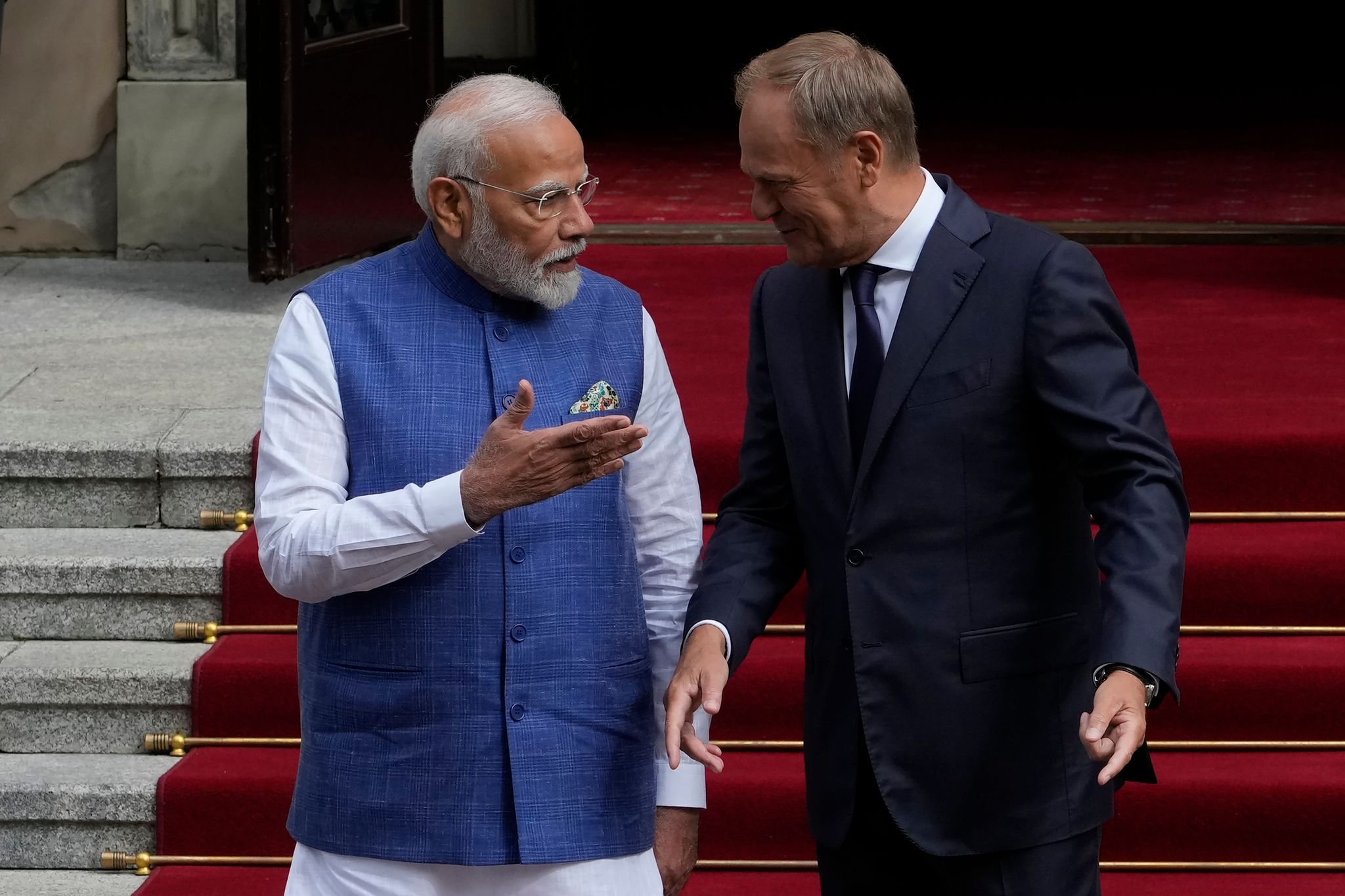The Indian and German constitutions, although emerging from different historical contexts and serving different societies, share significant similarities in structure, principles and mechanisms of governance. Both documents are testaments to democratic ideals and human rights, shaped by the turbulent events of the 20th century. This article examines the key similarities between the Indian Constitution and the German Constitution and highlights how both frameworks aim to balance federalism, protect fundamental rights and ensure the rule of law.
Historical context and origins
India
Constitution of India, which came into force on January 26, 1950, emerged from the Indian independence movement against British colonial rule. The Constituent Assembly was chaired by Dr. BR Ambedkar drafted the document to unite a diverse nation and ensure democratic governance, social justice and individual freedom.
German
German Basic law passed on 23 May 1949 in post-war Germany and after the fall of National Socialism. Under Allied supervision, the Constitution was drafted to create a democratic federal republic that would prevent the rise of totalitarianism and protect human rights.
Despite their different historical origins, both constitutions were designed to consolidate democracy, protect individual freedoms, and promote a sense of national unity.
Federal structure
Both India and Germany are federal countries, meaning power is shared between the central government and local governments. This separation of powers is an important aspect of both constitutions.
India
The Indian Constitution establishes a federal structure with a strong central government. It divides power between the Union (central government) and the states through three lists: the Union List, the State List and the Concurrent List.
The President of India serves as the ceremonial head of state, while the Prime Minister heads the government and heads the executive branch.
German
The German Constitution also establishes a federal system in which powers are divided between the federal government (Bund) and the federal states (Lländer). The separation of powers is provided for in various articles and ensures that certain legislative powers remain at the federal level, while others are left to the states.
The German political system includes a president as ceremonial head of state and a chancellor as head of government.
In both countries, federal structures aim to accommodate regional diversity while maintaining national unity by allowing for decentralized government.
Basic rights and freedoms
The protection of fundamental rights and freedoms is a cornerstone of both constitutions and reflects their commitment to human dignity and democratic principles.
India
Part III of the Indian Constitution enumerates fundamental rights, including the right to equality, freedom of expression, protection from discrimination and the right to constitutional redress.
These rights are justiciable, meaning that individuals can apply to the courts to request the protection and enforcement of these rights.
German
The German Constitution contains basic rights in its first 19 articles, emphasizing human dignity, equality before the law, freedom of expression and the right to privacy.
As in India, these rights are protected and enforced through the judicial system, and the Federal Constitutional Court plays an important role in enforcing these rights.
Both constitutions guarantee the protection of basic rights and provide mechanisms for individuals to obtain redress in the event of violations, thereby strengthening the rule of law.
Constitutional jurisdiction and constitutional courts
Constitutional jurisdiction is a common feature of both constitutions and allows the judiciary to interpret and enforce the constitution.
India
The Supreme Court of India has constitutional jurisdiction and can declare laws and executive actions unconstitutional if they violate the Constitution.
These powers ensure that the Constitution remains the supreme law of the land and maintains the system of separation of powers in government.
German
The Federal Constitutional Court in Germany performs a similar role and has the authority to review the constitutionality of laws and government actions.
The courts protect the Constitution and ensure that all laws and executive actions comply with constitutional principles.
The constitutional justice system in both countries functions as an important check on legislative and executive power and maintains the supremacy of the constitution.
Social justice and welfare
Both constitutions emphasize social justice and human welfare, reflecting their commitment to creating a just society.
India
The State Policy Directions in Part IV of the Constitution of India direct the State to promote social and economic welfare to create conditions for social justice and economic equality.
Although unjustified, these principles influence governance and policymaking, encouraging countries to reduce inequality and raise living standards.
German
The Constitution integrates the principles of the welfare state and obliges the state to guarantee the fair distribution of wealth and provide social security and welfare.
A commitment to social justice is reflected in Germany's strong welfare system, which aims to protect citizens from social risks and promote economic stability. Both constitutions recognize the role of the state in improving social welfare and economic justice and strive to create an inclusive and just society.
The Constitutions of India and Germany, shaped in their unique historical contexts, share striking similarities in their commitment to democratic governance, protection of fundamental rights, federalism, constitutional fairness and social justice. These similarities reflect the universal principles of democracy, human dignity and the rule of law, and show how constitutional frameworks can be adapted to different contexts while upholding shared values. As living documents, the Indian Constitution and the German Constitution continue to evolve to meet the changing needs and aspirations of their societies.
This article was not written by a legal expert and is not intended to provide legal analysis. Rather, it is intended to highlight the similarities in fundamental values of the two constitutions and emphasize the potential for social and humanitarian relations between the two countries. By exploring these shared principles, we can better understand how the peoples of India and Germany can come together to foster stronger relationships and a more heartfelt world. Dr. Bala Ramani and Neena Hartmann

“Subtly charming web junkie. Unapologetic bacon lover. Introvert. Typical foodaholic. Twitter specialist. Professional travel fanatic.”







